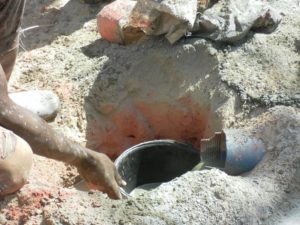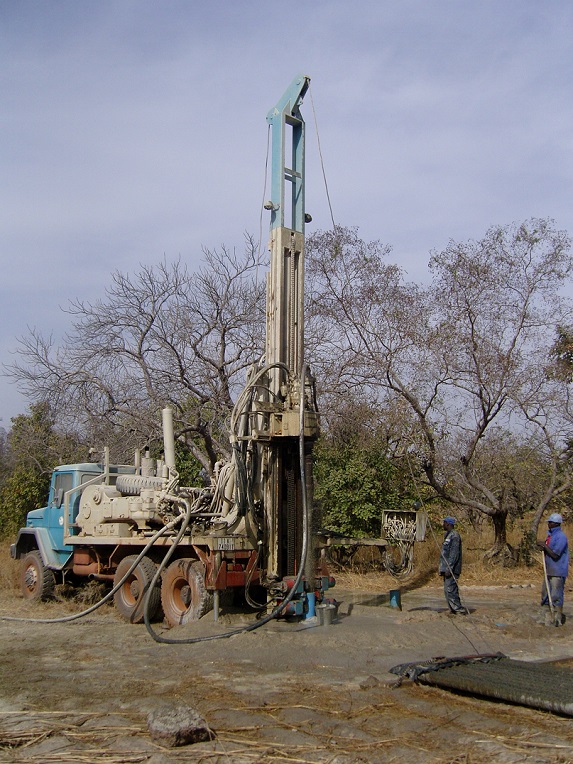“How deep is a well?” is a question that we are often asked. It cropped up recently in an email we received from America recently.
A supporter living in Chattanooga wrote this:

“I am still curious if wells in the Sahel produce water all year around, or if there are even wells in the Sahel area. Maybe all your wells are in the South of B.F. Why am I curious about this? I no idea at all. I am surprised that you get water as shallow as you do at, say, about 50 meters. My son has two wells on his lot, and they are some 400’ deep. Oil wells in this area vary in depth from 1,500’ to 5,000’, so I think of 50 meters as being shallow. A few years ago, two friends of mine dug a well over 100’ deep using a $1,000 rig with a 5hp motor. A son-in-law in Florida dug a 30’ well in a sandy area without rocks using only high pressure water.”
We thought we should share our answer on our web site. Here it is.
Myra’s Wells’ mission is to work in villages all over Burkina Faso. Usually, there will be at least 600-700 people in the village, and up to 2000 people might actually benefit from the wells. However, the depth of the wells varies according to the geology. Before drilling, we send a qualified local surveyor (we use 3 different surveyors, depending on the geography). After the survey, they produce a geophysical survey report with details of how deep the bed rock is and how deep the water is expected to be – and also the “give up” depth.

Time to drill
Then we use one of two of three drilling contractors, based in Ouagadougou, to do the drilling itself. The drill is a 10″ drill as far as the bed rock and then 6″ through the rock. By the grace of God, there have only been a few places where we have had to leave a site without finding water. We will normally try up to three times. The borehole is lined with PVC pipes which have huge lifespans.
Preparing the well ready for use
When the water has been tested for purity, we fit a hand pump (usually India Mark 2) and build a surrounding wall with a cattle drinking trough. The cost of each well is different depending on depth, geography, number of boreholes it takes to find water etc. But the average is around £5000 each. So a bit more than the one your friends did – but it does supply a very large number of people with water for drinking, cooking, washing, irrigation, livestock (usually about 2 to 4 head of cattle per person) etc.
How deep is a well? It is a good question …
However, more important than the depth is the “flow rate”. This is a measure of the natural pressure of the water source that is found. And what it represents is the natural replenishment rate of the water source. The cut off figure is 700 litres per hour. This is about 150 gallons per hour. As long as the flow rate is above this figure, the source is sustainable all year round. This applies wherever the well is, in the Sahel or in the south.

Very often, we see flow rates above 2,000 litres; it is not uncommon to see a flow rate of over 5,000 and there have been some over 10,000, even 30,000! However, about 15 or 20 of the 149 wells (as of September 2019) are in the Sahel areas. This is a very needy area and water can be hard to find.
Prayer is needed. The north is where water is most needed, but there is a problem ..
The worse problem now is the terrorist activity which prevents travel there. None of the drilling companies are willing to send their workers and equipment there. There are many people who have been displaced from there to nearer Ouagadougou – the latest estimates say it could be as high as 500,000.
Please pray that the troubles will be overcome and that it will be possible to drill more wells in the most needy areas.






